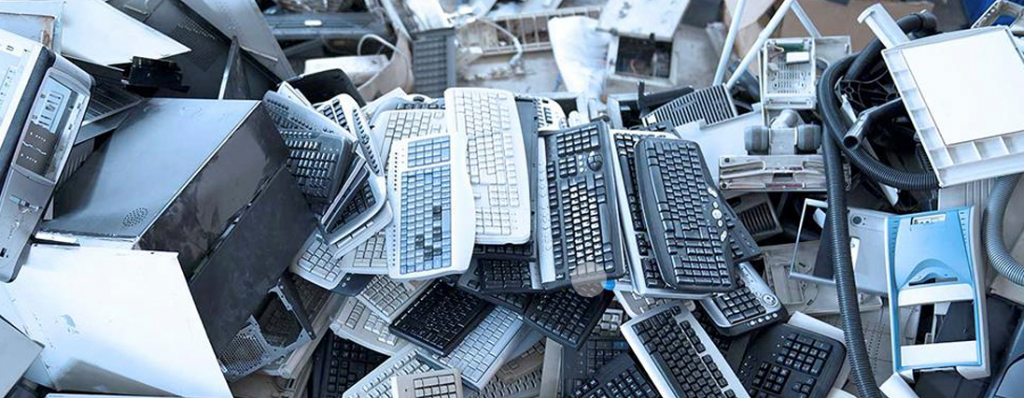Did you know? E-waste is officially the fastest-growing waste stream across the globe. Manufacturing electronic equipment generates more than one-third of associated CO2e lifecycle emissions alone. The electrical and electronics industry plays a huge role in today’s economy. Consumer electronics are estimated to have a market value $1 trillion worldwide, and have become an integral part of modern life. Half of the world’s population now owns a smartphone! But the sector is faced with enormous sustainability challenges due to the high rate of device replacement. In 2019, only 17.4% of global e-waste was properly disposed of, collected and recycled.
In their new whitepaper, Dassault Systèmes and Accenture not only show how virtual twins can help product designers embed and follow circular economy principles throughout each stage of design, they also explore different ways in which virtual twin technologies can help address the e-waste problem. This can help extend product life by facilitating repairs and reuse. Making information on material and chemical content available to value chain participants downstream can help increase overall e-waste recycling rates.
Use Case I High-Tech: Waste Electric and Electronic Equipment (WEEE) Value Recovery Supported by Digital Continuity
One use case focuses specifically on the role of virtual twins in the better management of e-waste, supporting the manufacturing and remanufacturing or repair of products from both process optimization and data continuity perspectives. The technology gives access to a virtual record that reflects the actual status of a device in terms of the health and performance of its components. This information contributes to the repair process planning. Usually, by the time a device reaches recyclers, much of this data and knowledge is lost – particularly from the product development, manufacturing and service life stages. However, virtual twins, through enhanced digital continuity, enable a constant flow of information between value chain participants. The recycler can initiate appropriate steps without the need for additional tests or inspection in a sustainable, circular economy.
Recycle E-waste for Value
In 2019, HP’s sustainability program drove more than USD $900 million of new revenue based on circular business models and re-use of plastic materials – a 35% increase from 2018. For Apple, the use of recycled materials cuts the CO2e footprint of products by 50% on average.
Any high-tech player looking to sharpen its sustainability strategy shouldn’t miss this report. It illustrates how USD $73 billion in additional value can be generated and 36 Mt CO2e emissions avoided in the industry by harnessing virtual twin technologies.
📌 Help product designers embed and follow circular economy principles throughout each stage of design
📌 Access a virtual record of health and performance of product components to support the repair process planning
📌 Increase overall e-waste recycling rates by making information available to value chain participants downstream on material and chemical content
Discover more about the critical role of virtual twins to accelerate sustainability here.
Find out more about recycling e-waste into value here.
Join our User Communities to stay on top of the latest industry news, ask questions and collaborate with peers:



